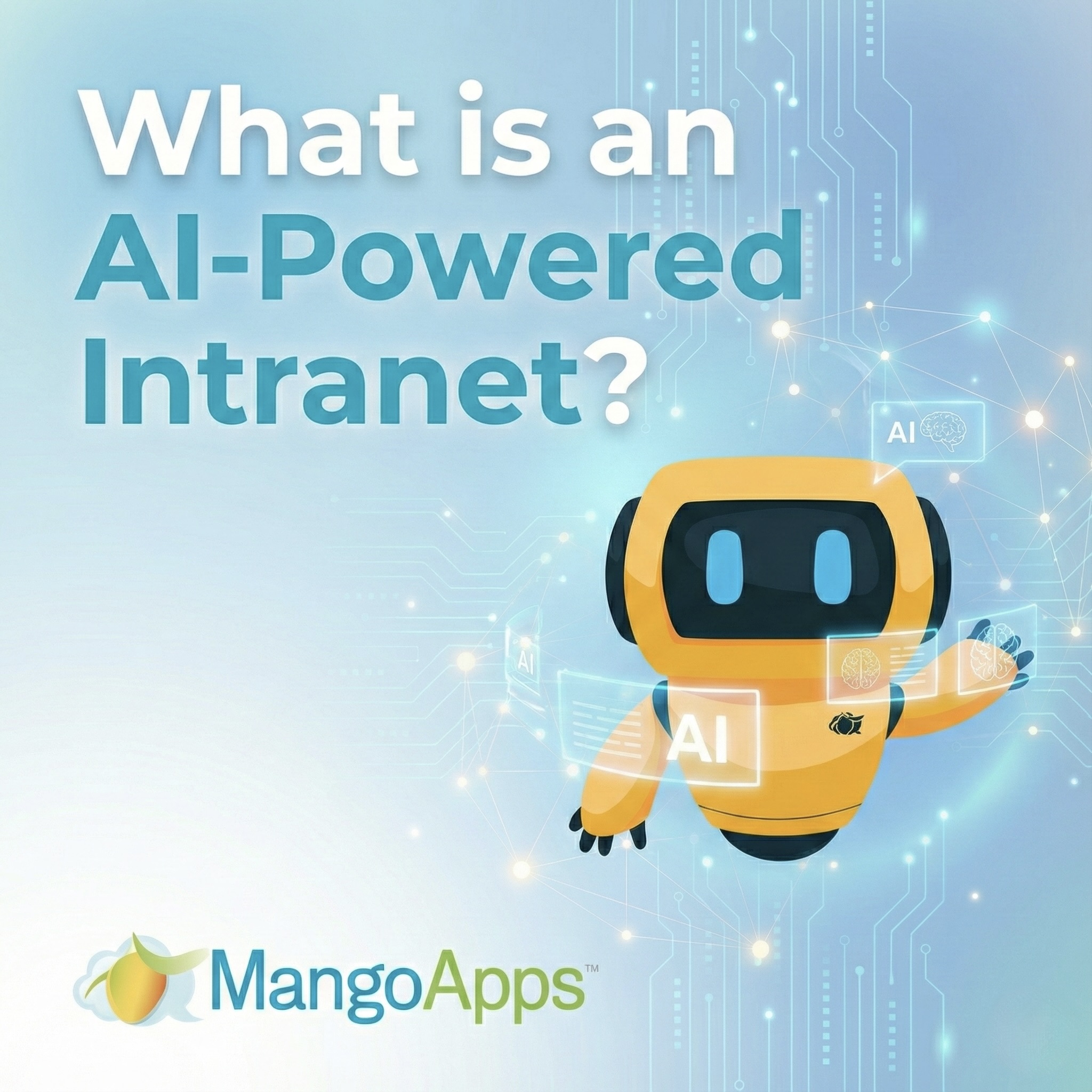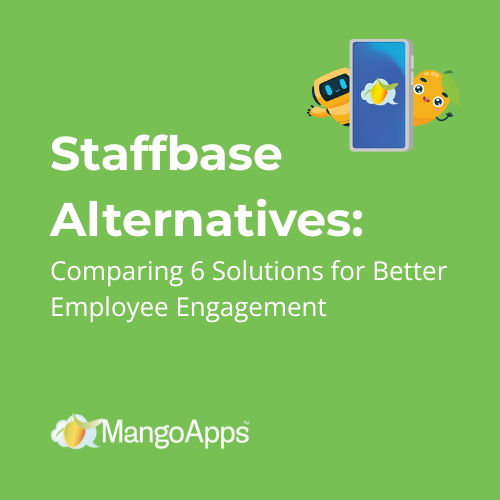
The integration of generative AI (GenAI) across an enterprise heralds a transformative potential for the digital workplace, promising unprecedented levels of innovation, efficiency, and productivity. Yet, realizing this potential comes with its own set of formidable challenges, especially when it comes to ensuring the technology is economically feasible and scalable for organization- wide deployment.
Lacking Flexibility, Scalability, and Security
The landscape of GenAI solutions, characterized by isolated tools and per-user subscription models, further compounds these challenges, imposing significant financial burdens on businesses aiming to democratize AI access among their workforce.

Top 11 Challenges of Integrating GenAI in the Digital Workplace
As companies embark on integrating GenAI to revolutionize their digital workplaces, we’ve identified 11 key challenges that stand in the path of seamless adoption. Overcoming these hurdles is crucial for unlocking the true value and productivity gains that AI can offer your business.

Here’s a closer look at these challenges:
- Substantial Subscription Costs and Economic Model Discrepancies: The high costs associated with AI subscriptions, alongside their variability, make budgeting a complex task. This issue is compounded by economic models favoring high flat fees or per-user subscriptions, which not only strain resources but also hinder scalability across larger organizations. This financial model favors well-resourced tech giants and creates barriers for smaller enterprises and industries that could significantly benefit from AI, like manufacturing and healthcare.
- Limited Deployment Support: Mainstream AI services such as ChatGPT and Gemini offer scant onboarding and implementation support, lacking in structured training and best practice guides. Organizations are often left to figure out AI capabilities on their own, leading to uneven usage and potential underperformance.
- Lack of Flexibility: The disparate nature of AI tools and their associated costs can lock companies into specific vendors or technologies, limiting the ability to seamlessly adapt to the most suitable or advanced AI solutions. This rigidity can stifle innovation and prevent organizations from leveraging the best that AI has to offer.
- Unclear Use Cases: The absence of direct, impactful GenAI applications dampens enthusiasm and investment, especially among businesses cautious of navigating unproven AI territories without assured returns.
- Data Privacy and Security Concerns: Employing AI without compromising data integrity demands adherence to stringent security measures and evolving regulations, a daunting task for many organizations.
- Auditability and Transparency Issues: The opaque nature of some AI algorithms challenges the transparency and reliability of AI-derived insights and decisions, necessitating greater clarity.
- Limited Visibility into AI Utilization: Without comprehensive insights into how AI tools are being utilized within the organization, optimizing deployments for maximum benefit becomes a significant challenge.
- Complex ROI Measurement: The intangible nature of AI’s benefits complicates the direct calculation of ROI, making it difficult for companies to justify financial investments against uncertain gains.
- Integration Challenges: The technical hurdles of integrating AI with existing legacy systems require substantial adaptation, potentially hindering digital transformation efforts.
- Talent and Expertise Shortage: The skyrocketing demand for AI skills surpasses supply, creating a bottleneck that limits the scope and scalability of AI initiatives.
- Organizational Resistance: Cultural resistance to AI, from job displacement fears to doubts about its effectiveness, requires deliberate change management strategies to cultivate a supportive organizational mindset towards AI.
Without a practical approach to these myriad challenges, enterprises find themselves in a precarious position, struggling to deploy GenAI at scale in a manner that benefits the entire business and uplifts productivity across the board. This pivotal moment calls for a strategic shift towards identifying and leveraging practical GenAI use cases within the digital workplace.
In a subsequent article, we delve into these practical use cases, providing a foundation for enterprises to understand how GenAI can be effectively integrated to transform operations, enhance employee productivity, and drive innovation. Read the next article now.










